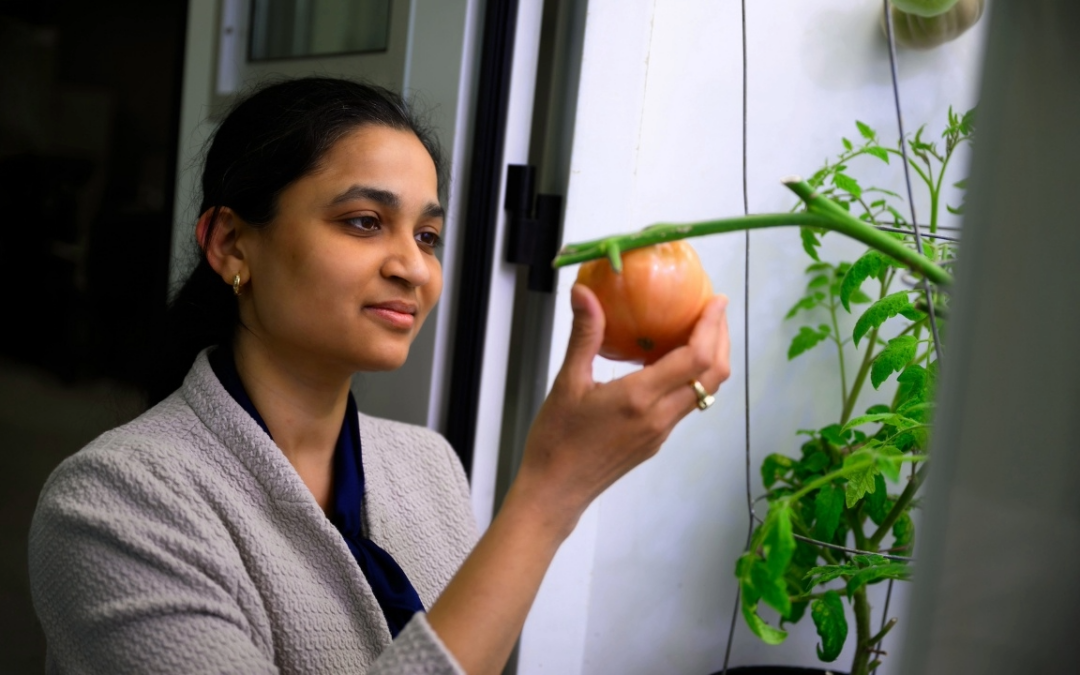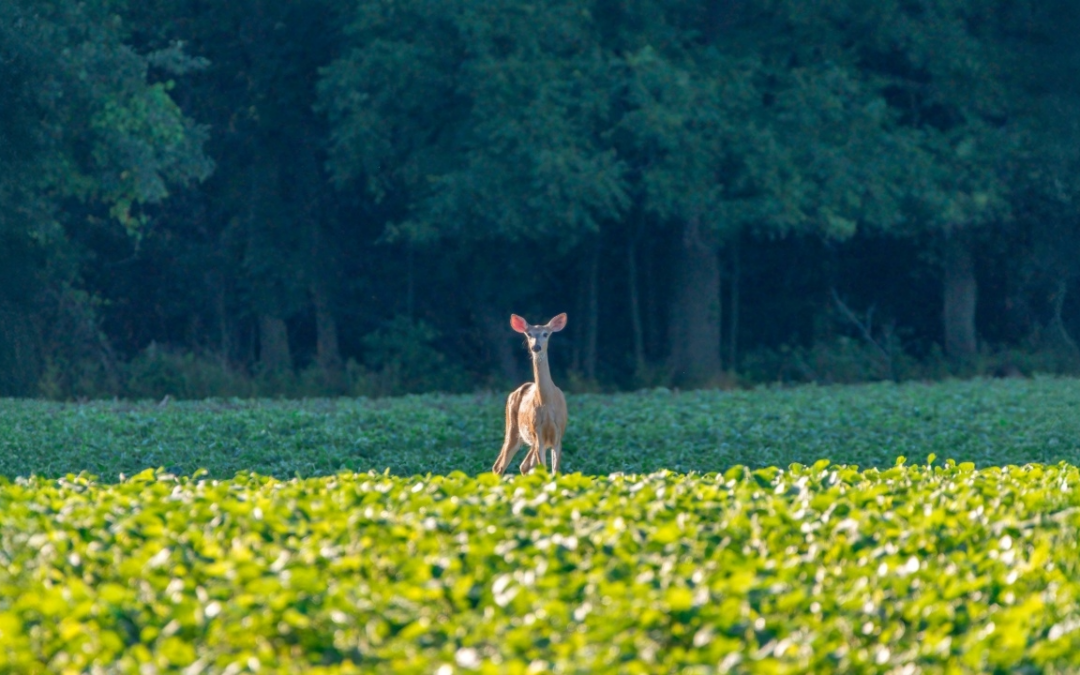by JAMIE CREAMER
Two key research breakthroughs at Auburn University over the summer could prove valuable weapons in the frustrating battle against the rapidly spreading, crop-destroying kudzu bug, and both are in the form of native insects that prey on the invasive pests and their eggs.
Auburn entomology graduate research assistant Julian Golec made both finds as part of his master’s degree investigations into the biology and management of kudzu bugs. He is working under the direction of College of Agriculture entomology professor and Alabama Agricultural Experiment Station scientist Xing Ping Hu.
Golec’s first discovery, made as he dissected dozens of kudzu bugs in Hu’s lab, was of a parasitic fly that has found adult kudzu bugs suitable repositories for its eggs. Inside about 10 percent of the bugs dissected, Golec found larvae that soon pupated and emerged as flies.
“We have determined this is an indigenous tachinid fly species that is widely distributed in North America,” Hu says. “Typically, this fly parasitizes only adult insects of a broad range insect species, including dung beetles, grasshoppers, earwigs, moths and so on. Now, adult kudzu bugs can be added to that list.”
Golec discovered the fly in mid-July. Days later, during a routine field investigation of kudzu bug damage in a soybean field, he noticed clumps of kudzu bug eggs that contained black masses—black masses that were moving. Back in the lab, he and Hu placed the eggs under a microscope and, using a high-speed camera, recorded wasps emerging from the eggs. The newly emerged wasps immediately mated, and the females began laying eggs, typically in other kudzu bugs and thus repeating the cycle. The rates of parasitized eggs were especially high.
Since first detected in the U.S. in northeast Georgia in 2009, kudzu bugs, which are native to Asia, have spread throughout the Southeast, from eastern counties of Louisiana up into Maryland. At last report, they had invaded 56 of Alabama’s 67 counties. Though the pests do feed on kudzu, they also favor soybeans and now are considered serious soybean pests throughout the region. And if kudzu and soybeans aren’t available, Hu says they can be found munching on ornamentals and vegetable crops, especially green beans.
The insects’ remarkable adaptability to new environments is a key factor in the kudzu bugs’ spread, but Hu and Golec say their basic research points to other factors as well. They have found, for instance, that about 50 percent of female kudzu bugs mate in the fall, store the sperm and, when the weather begins to warm in early spring, gradually release the eggs wherever they have overwintered; no males are needed. The scientists, using special equipment in their lab, also have determined that adult kudzu bugs can fly for at least 30 miles.
But Hu says the discoveries of the parasitic fly and parasitic egg wasp as natural enemies of kudzu bugs could be game changers in reducing the invasive insects’ future populations. They also would be less expensive than using chemical controls.
Currently, about 10 pesticides are labeled for kudzu bug control in the U.S., but the discovery of the two native parasitoids has raised concern that those chemicals could also negatively impact the fly and wasp. To investigate that aspect, Xiangli Dong of Qingdao Agricultural University in China’s Shandong Province has joined Hu and Golec as a visiting research scholar at Auburn and is studying the timing of applications and the pesticide concentrations that would provide kudzu bug control without harming the natural predators.




